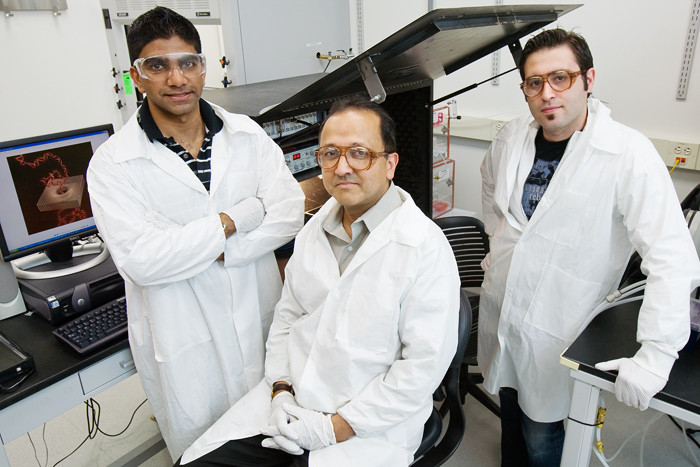Not all bioengineers who are using printers in the lab are trying to create tissues or organs. Some are intent on making biological machines.
In the laboratory of Rashid Bashir, head of the bioengineering department at the University of Illinois here, researchers have made small hybrid “biobots” — part gel, part muscle cell — that can move on their own. The research may someday lead to the development of tiny devices that could travel within the body, sensing toxins and delivering medication.
Vincent Chan, a postdoctoral researcher in the lab and lead author of a paper published last fall describing the work, said he first started looking at using 3-D printers about five years ago. “Our goal coming into this was the holy grail — organ printing,” he said. “But, obviously, it’s very complex and very difficult.” So he and others in the lab began looking at other ways to use the technology.
Read more: NYTIMES
Story Source:
The above story is based on materials provided by The New York Times.





